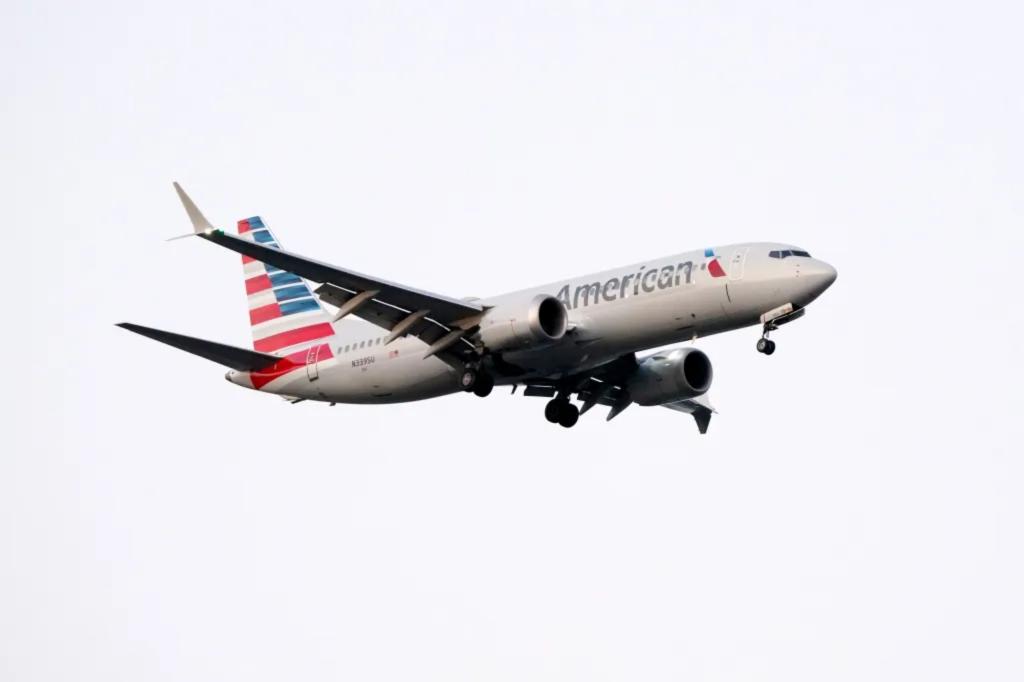Airline Travelers Face Delays as Technical Glitches Hit Major Carriers
American Airlines passengers found themselves stuck in departure lounges and on tarmacs across the country Wednesday as the carrier grappled with what it described as “a technical issue impacting some of our maintenance applications.” The airline reassured customers that while departures were delayed, no flights had been canceled. Instead, maintenance crews were implementing alternative procedures to close out flights safely, though these workarounds significantly slowed the normal departure process. “We apologize to our customers for the inconvenience,” a spokesperson stated, acknowledging the frustration felt by travelers whose plans were disrupted by the unexpected technical problems. The timing was particularly unfortunate as it came just hours after rival United Airlines had experienced its own brief ground stop for similar technological reasons.
For passengers caught in the delays, the experience proved especially trying as communication about the extent of the problem remained limited. Fox News Channel political analyst Gianno Caldwell voiced his frustration on social media platform X, writing: “What is going on with @AmericanAir? They told us 2 plus hours ago about a national tech glitch. They say all planes have been grounded for the moment, and we have been on the tarmac since then.” His experience highlighted the human impact of such technical failures – travelers trapped in metal tubes on hot tarmacs, plans unraveling, and the anxiety that builds when information is scarce. While American Airlines maintained that its teams were “actively troubleshooting,” passengers like Caldwell found themselves in an information vacuum, wondering when they would finally be able to reach their destinations.
The American Airlines disruption came on the heels of a similar but shorter-lived problem at United Airlines that had occurred late Tuesday into Wednesday. United had requested that the Federal Aviation Administration implement a ground stop for its flights departing from U.S. and Canadian airports due to unspecified technological issues. This marked the second time in just two months that United had been forced to temporarily ground its mainline flights, raising questions about the resilience of airline information systems in an increasingly digital industry. The United ground stop lasted approximately one hour before systems were restored and flights began moving again, but it created a ripple effect of delays that continued to impact travelers well into Wednesday.
Ground stops, as defined by the FAA, require aircraft “to meet specific criteria to remain on the ground” and can be implemented for various reasons related to airport operations, airspace congestion, or equipment problems. What makes these situations particularly challenging for travelers is that they typically “occur with little to no warning,” according to the FAA’s own description. This sudden nature means airlines and passengers have minimal time to make alternative arrangements, leaving travelers stuck in airports or on planes with uncertain departure times. For business travelers with meetings to attend or families trying to start vacations, these unexpected delays can have significant personal and financial consequences beyond the mere inconvenience of waiting.
The back-to-back technical problems at two major U.S. carriers highlight the vulnerability of the modern air travel system to technological failures. As airlines have become increasingly dependent on complex software systems to manage everything from maintenance schedules to flight plans, crew assignments, and passenger manifests, even minor glitches can quickly escalate into nationwide disruptions affecting thousands of travelers. These incidents raise important questions about redundancy systems and disaster recovery protocols within airline operations centers. They also underscore the challenge airlines face in balancing the efficiency gains of advanced technology against the resilience of more traditional backup systems that might be employed when primary systems fail.
For the traveling public, these technological hiccups serve as reminders of how dependent we’ve become on invisible digital infrastructure that powers our transportation networks. While passengers understand that occasional problems are inevitable in complex systems, the frequency of such disruptions across major carriers suggests a potential systemic vulnerability that merits industry-wide attention. As both American and United worked to resolve their respective issues, passengers were left hoping for clearer communication, more effective contingency plans, and ultimately, more reliable technology to support the air travel system on which so many depend. Until then, experienced travelers might be wise to build extra buffer time into their schedules and pack an extra dose of patience when heading to the airport – especially as airlines continue to navigate the challenges of modernizing their technological infrastructure while maintaining daily operations for millions of passengers.


